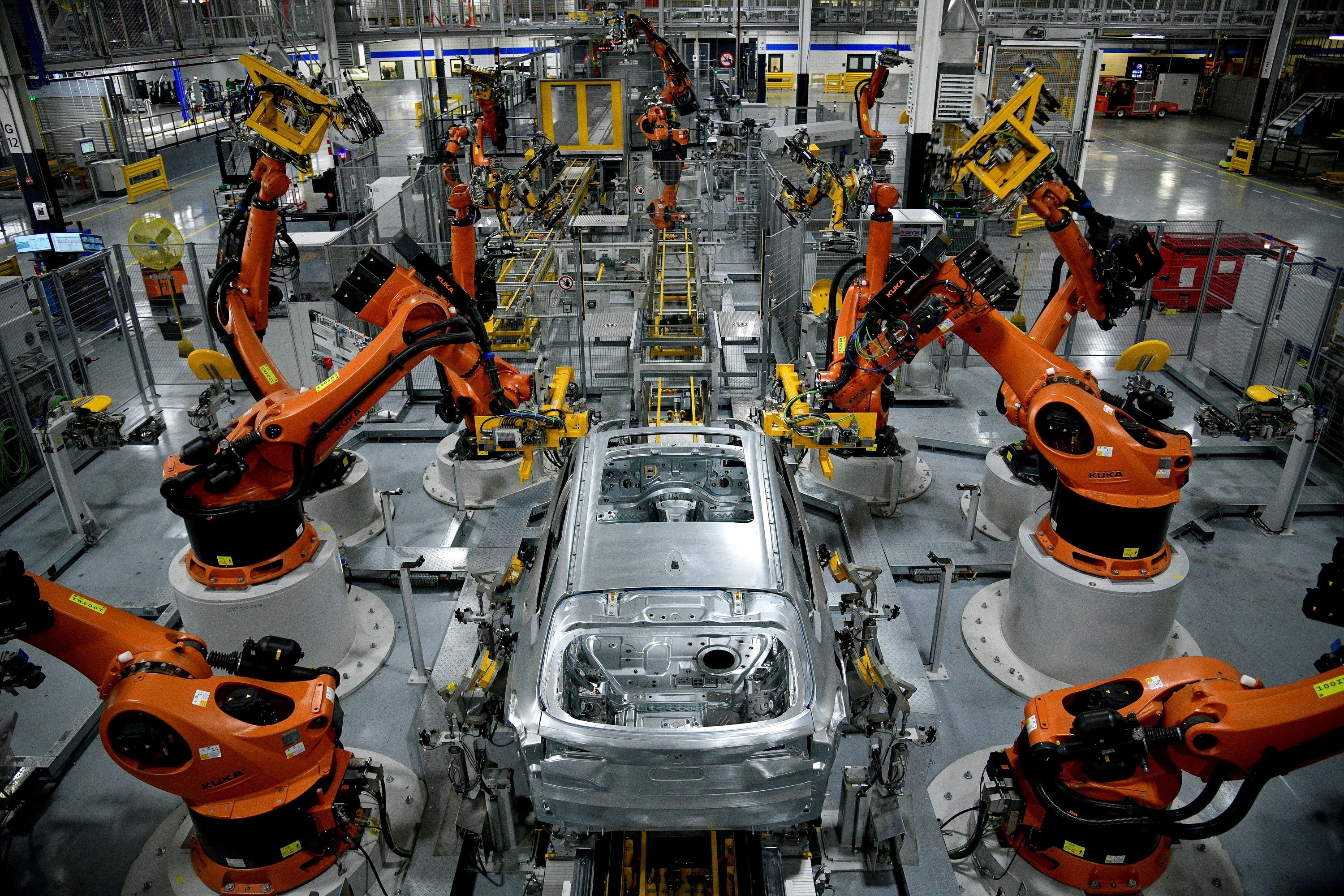
Welcome to our comprehensive guide on Lean Manufacturing Essentials. In this blog, we’ll unravel the components that make lean manufacturing an innovative and essential strategy for improving operational efficiency and effectiveness in manufacturing environments. We aim to provide actionable insights for businesses looking to adopt or enhance their lean practices.
Lean manufacturing, originating from the Toyota Production System, focuses on value creation for the customer with minimal waste. This methodology isn’t just a set of tools but a broad philosophy that needs comprehensive understanding and disciplined implementation across all facets of production. Our discussion covers five crucial aspects of lean manufacturing that are fundamental to mastering this approach.
Contents
Understanding the Basics of Lean
The journey to mastering lean manufacturing begins with a solid understanding of its core principles: value, value stream, flow, pull, and perfection. Central to these is the concept of minimizing waste — be it overproduction, waiting time, transportation, over-processing, excess inventory, unnecessary movement, or defects. Lean’s goal is to streamline operations and ensure that every step in the production process adds value to the customer. This philosophy also emphasizes adaptability, continuous improvement, and respect for people — elements crucial for sustainable growth. Companies like those involved in mexico manufacturing companies have demonstrated significant success by implementing these principles.
Implementing lean starts with identifying non-value-added activities and devising strategies to eliminate them. Educating your team about these fundamental principles sets a strong foundation for your lean journey.

Tools and Techniques in Lean Manufacturing
Lean manufacturing employs a variety of tools and techniques designed to foster improvement and efficiency. Prominent among these are 5S (Sort, Set in order, Shine, Standardize, Sustain), Kaizen (continuous improvement), Kanban (visual signaling), and Just-In-Time (JIT) production. These tools serve specific purposes but collectively encourage a cleaner, orderly, cost-effective, and customer-focused operational environment.
The implementation of these tools can dramatically reduce waste and downtime while enhancing productivity. Customizing these tools based on organizational specifics is often necessary to capture the full benefit offered by the lean approach.
Role of Technology in Lean Manufacturing
Modern lean manufacturing environments integrate sophisticated technology to enhance lean principles. Technologies like IoT (Internet of Things), AI (Artificial Intelligence), and advanced robotics bring precision and efficiency while allowing real-time data analysis and decision-making. Technology enables more accurate demand forecasting and automation of repetitive tasks which aligns well with lean goals.
However, the human element remains integral as these technologies are just enablers that require skilled personnel for maximum efficacy. Training employees on how to leverage these technological solutions can make a substantial difference in attaining lean objectives.
Cultural Transformation for Lean Success
A critical factor often overlooked in the lean transformation process is organizational culture. Lean is as much about mindset shifts as it is about practical changes in the production line. Promoting an inclusive culture that values continuous improvement and open communication is essential.
Fostering a culture where employees at all levels are encouraged to suggest improvements can lead to breakthrough innovations and sustain lean initiatives over long periods. Leadership commitment is key in driving this cultural shift within the organization.
Measuring Success and Continuous Improvement
To truly benefit from implementing lean practices, businesses must track performance improvements using tangible metrics such as cycle time reductions, quality enhancements, lower costs, and improved customer satisfaction. Constant evaluation using these metrics ensures that lean practices deliver tangible results.
Beyond initial successes, the spirit of Kaizen proposes ongoing development — continued learning from smaller iterative steps leads to major leaps in productivity and competitiveness. Regular audits, feedback sessions, and refreshers on training courses are vital for maintaining momentum in lean practices.
In conclusion, embracing Lean Manufacturing can significantly alter your business landscape by instilling efficiencies that drive profitability and customer satisfaction. However, success relies heavily on understanding deeper principles rather than superficial adoption of its tools.
Begin your journey into lean manufacturing by assessing current processes against lean principles; use this guide as a starting point to plan meaningful improvements that extend beyond short-term gains. Remember, every small step towards embracing lean principles contributes significantly towards transforming organizational health and culture towards excellence and resilience against market variability.
